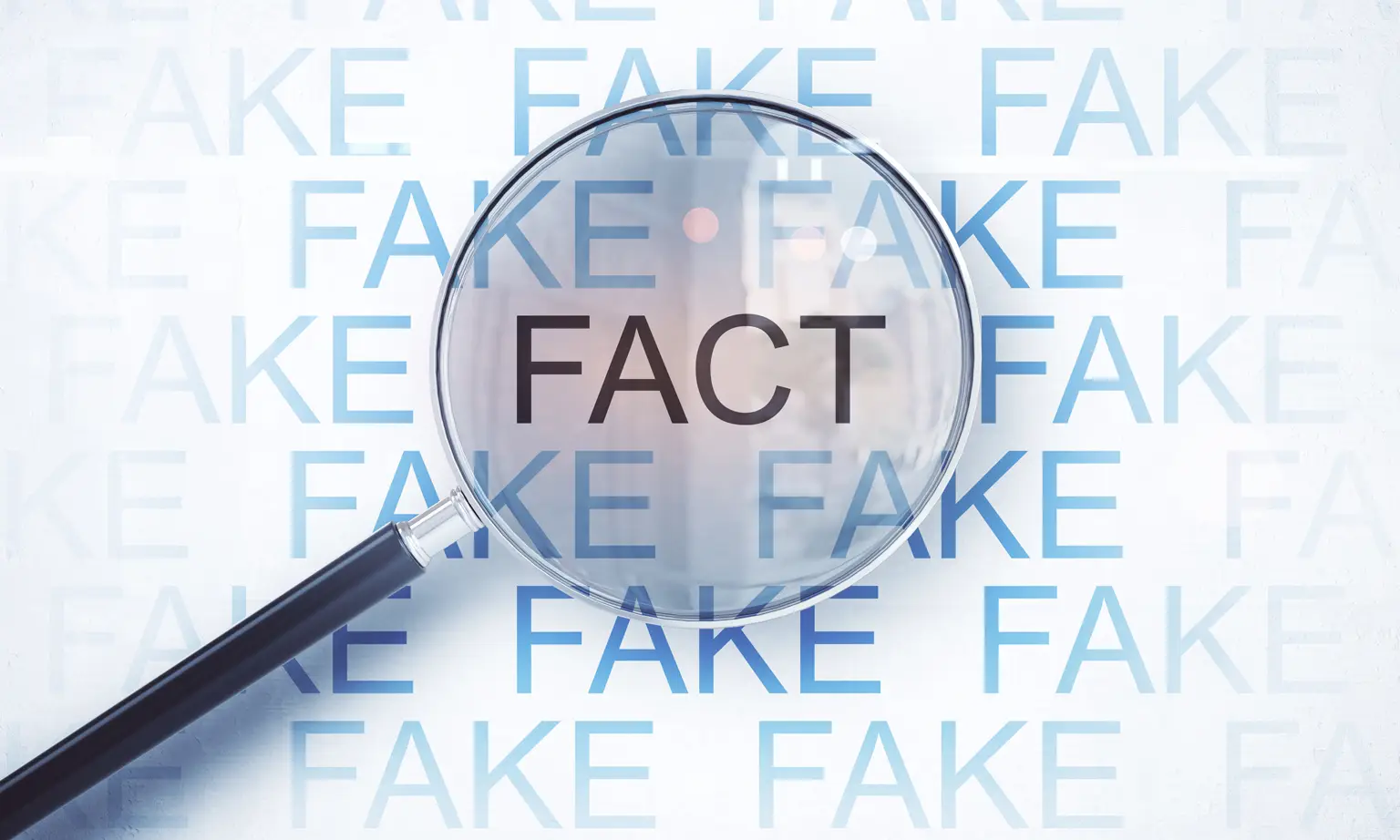
Virginia contractor, Christopher Dietz, however–who’d had a number negative reviews left by former customer, Jane Perez–did exactly that.
Unsatisfied by the services provided by Dietz Development LLC, Jane Perez took to the web to vent as many unhappy customers tend to do. On some of the most popular online review sites, Perez left scathing (and what Dietz claims to be false) reviews. On Yelp, Angie’s List, and TripAdvisor, Perez wrote that not only did Dietz Development fail to do the work on her house that they promised, they allegedly stole jewelry from her home as well.
Dietz is suing their former customer for $750,000 in defamation charges, claiming that past, present and future customers were scared away by the negative reviews—causing an alleged $300,000 in lost business.
The bulk of the posts will remain up until the date of the trial, which has yet to be set. But, surprisingly or not, the Judge in this Fairfax County case did rule in a preliminary injunction in December that some of the negative reviews must be taken down—causing a great deal of controversy about freedom of speech, among many other rights that customers value both online and off. Both the ACLU and Public Citizen have now gotten involved in attempts to have the preliminary injunction overturned.
It may seem like a win, but something to keep in mind, is that whether or not Dietz triumphs in the courtroom, his name, and his business, will forever be associated with the angry allegations of a former customer—warranted or unwarranted.
It seems that legal action in response to reviews is on the rise. But when it comes to your online reputation, it’s important to weigh the benefits against the consequences, mull over the time and the trouble necessary, and evaluate the possible results before reacting to negative online reviews. In the end, whether you’re choosing to respond to a negative review with a free coupon, an apology, or a lawsuit, take a moment to cool off and make sure that whatever you choose to do about a negative review, you know what you’re doing.








